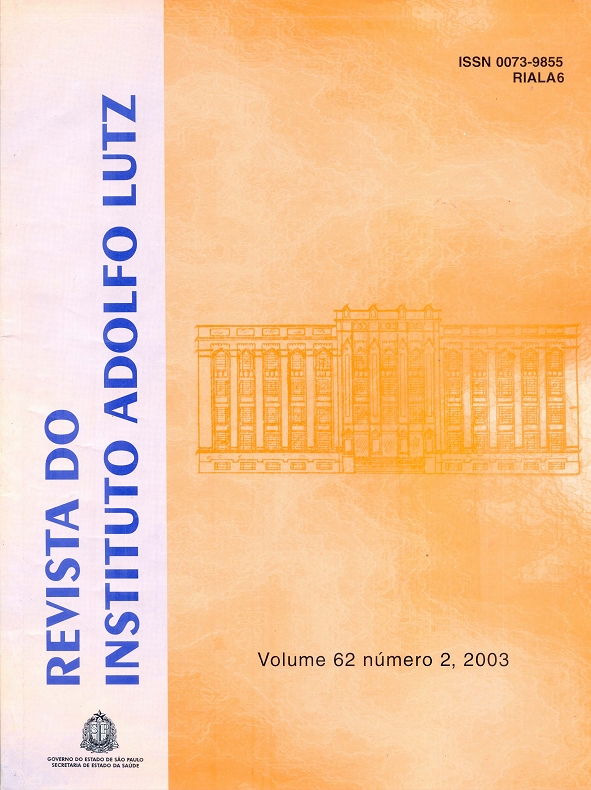Resumo
The procedures described by Draize are the basis of both
ocular and cutaneous irritation tests and have been adopted
internationally for in vivo evaluation of products and
substances. However, they have been criticized for ethical
reasons, due to their cruelty towards animals. Therefore,
alternative methodologies are being studied to evaluate the
toxicity of products, which have contact with human beings.
Thus, a comparative study was performed between ocular,
cutaneous and oral mucosa irritation tests using rabbits and
in vitro tests through agar diffusion method and neutral red
uptake method, both with the use of NCTC clone 929, FPCIAL and SIRC cell lines. Lipsticks, makeup base, face powder,
blushes, eye shadows, mascara, pencils and eyeliners, as well
as liquid soap for children and adult use were evaluated. The
in vivo tests and the cell lines used in the agar diffusion test
were chosen according to the place where the products are
used. Only the NCTC clone 929 linage was used in the
evaluation of all the samples. From the 204 analyzed samples,
141 were evaluated through the cutaneous irritation test and
FPC-IAL lineage, 80 through the ocular irritation test and SIRC
lineage, and 78 through the oral mucosa irritation test and
FPC-IAL lineage. Only the samples of liquid soap were also
evaluated through the neutral red uptake method with the
three cells lines. The samples submitted to the in vitro
evaluation were analyzed in different concentrations and the
observed parameter was cellular viability with the use of neutral
red. The results obtained revealed that the agar diffusion test
positive samples which presented up to degree 3 zone rate,
that is cellular death halo varying from 0,5 to 1,0cm from the
samples, according to USP 25, didn’t provoke ocular,
cutaneous or oral mucosa irritation. The samples which
presented degree 4 zone also showed different degrees of
ocular and cutaneous irritation, except to two units of liquid
soap for children use which didn’t present in vivo reactions,
although citotoxicity up to 10% concentration. This method
showed significant correlation with the ocular irritation test
and also concerning the individual values of cornea and
conjunctiva. As for the neutral red uptake test, it presented
significant correlation in the ocular and cutaneous irritation
test, what make it possible to infer that when the liquid soap
samples present IC50 above 0,085% they won’t cause ocular
and cutaneous irritations in rabbits. No relation was observed
between the origin of the cell lines and the target tissue used
in the in vivo test, having all the cellular lines shown significant
correlation with the NCTC clone 929 line. According to the
data, the in vitro methods are more sensitive and the diffusion
agar method, using the American Pharmacopeia graduation,
can be adopted as a screening procedure in the evaluation of
cosmetics. This is a result of its capacity of predicting irritation,
what largely contributes for the reduction of animal using tests.

Este trabalho está licenciado sob uma licença Creative Commons Attribution 4.0 International License.
Copyright (c) 2003 A. S. Cruz
